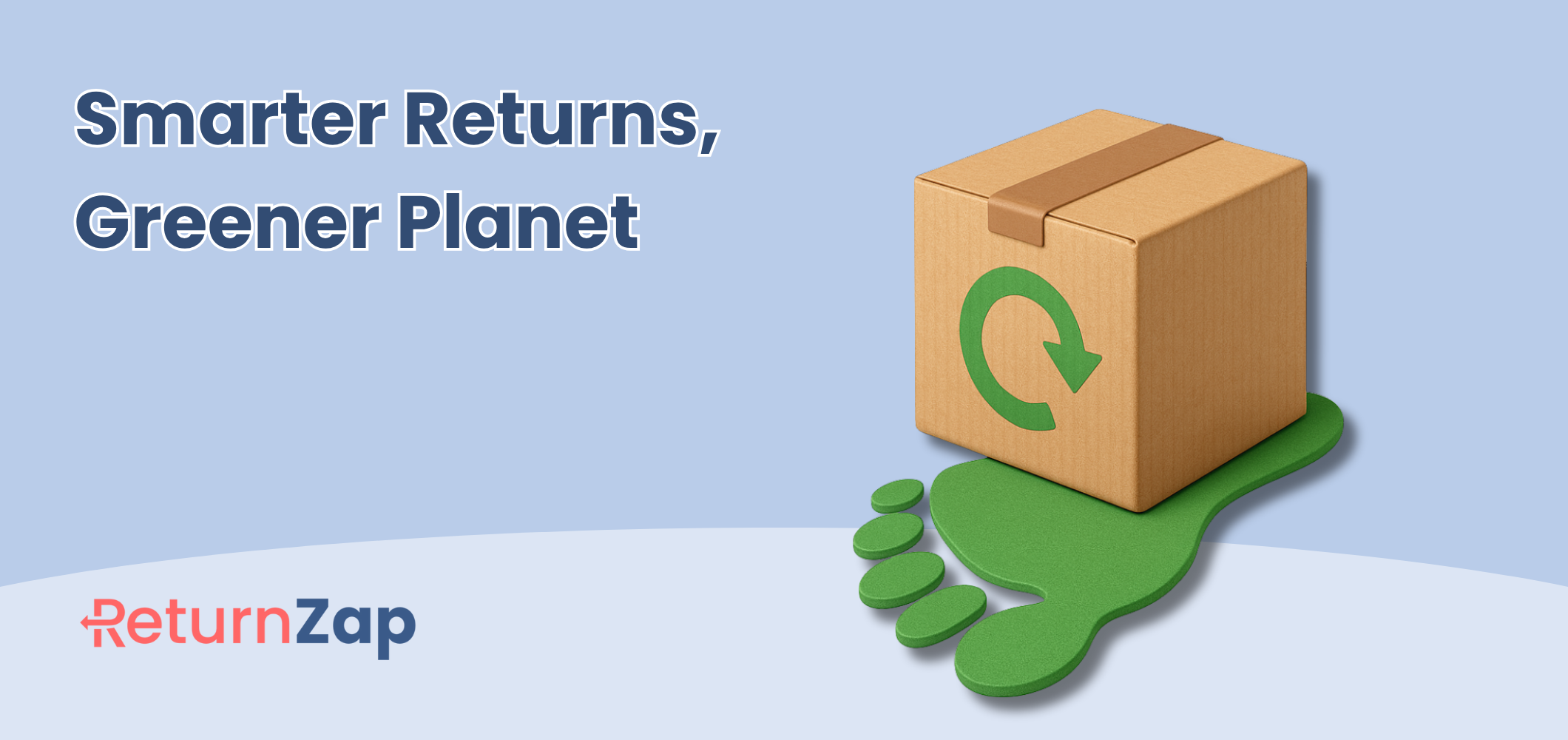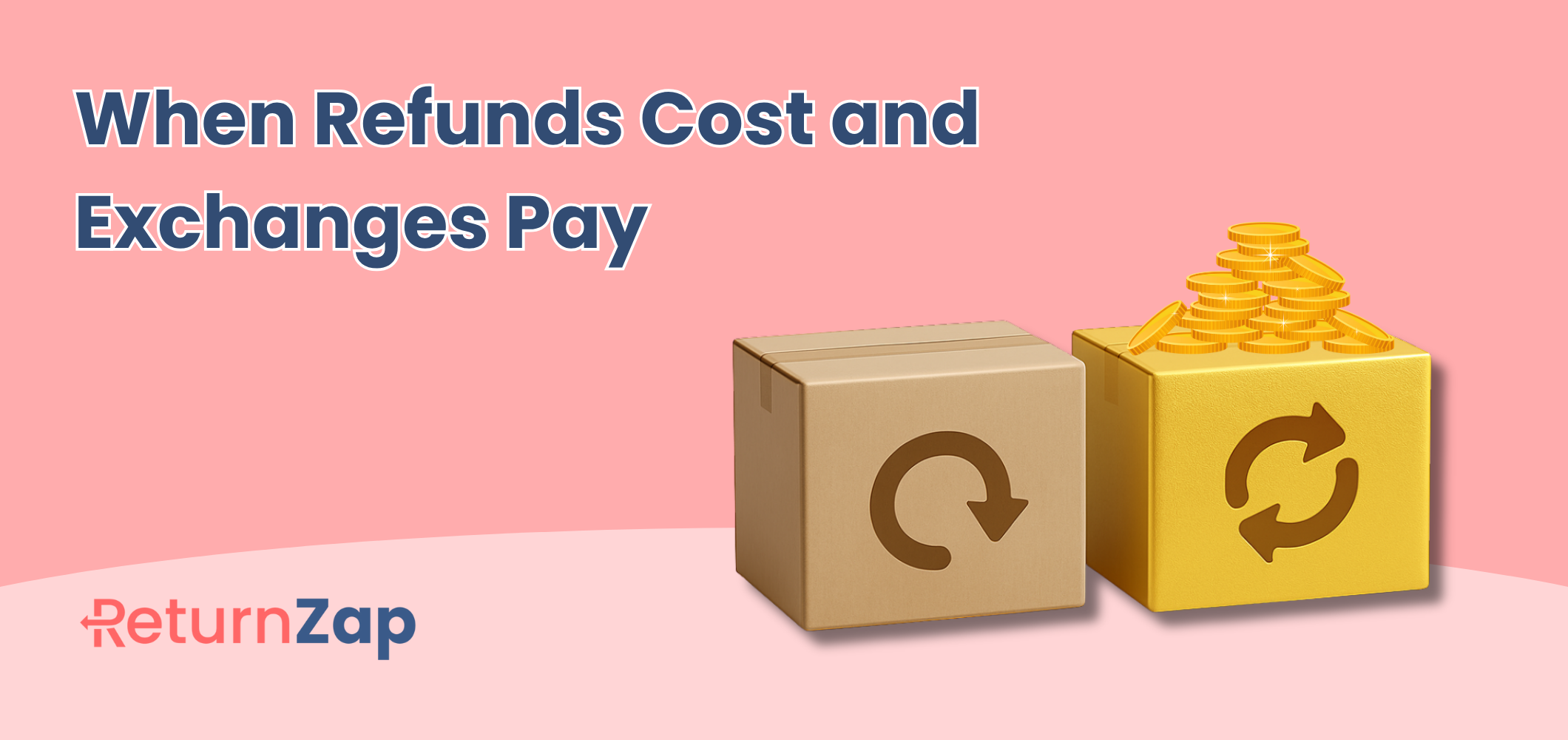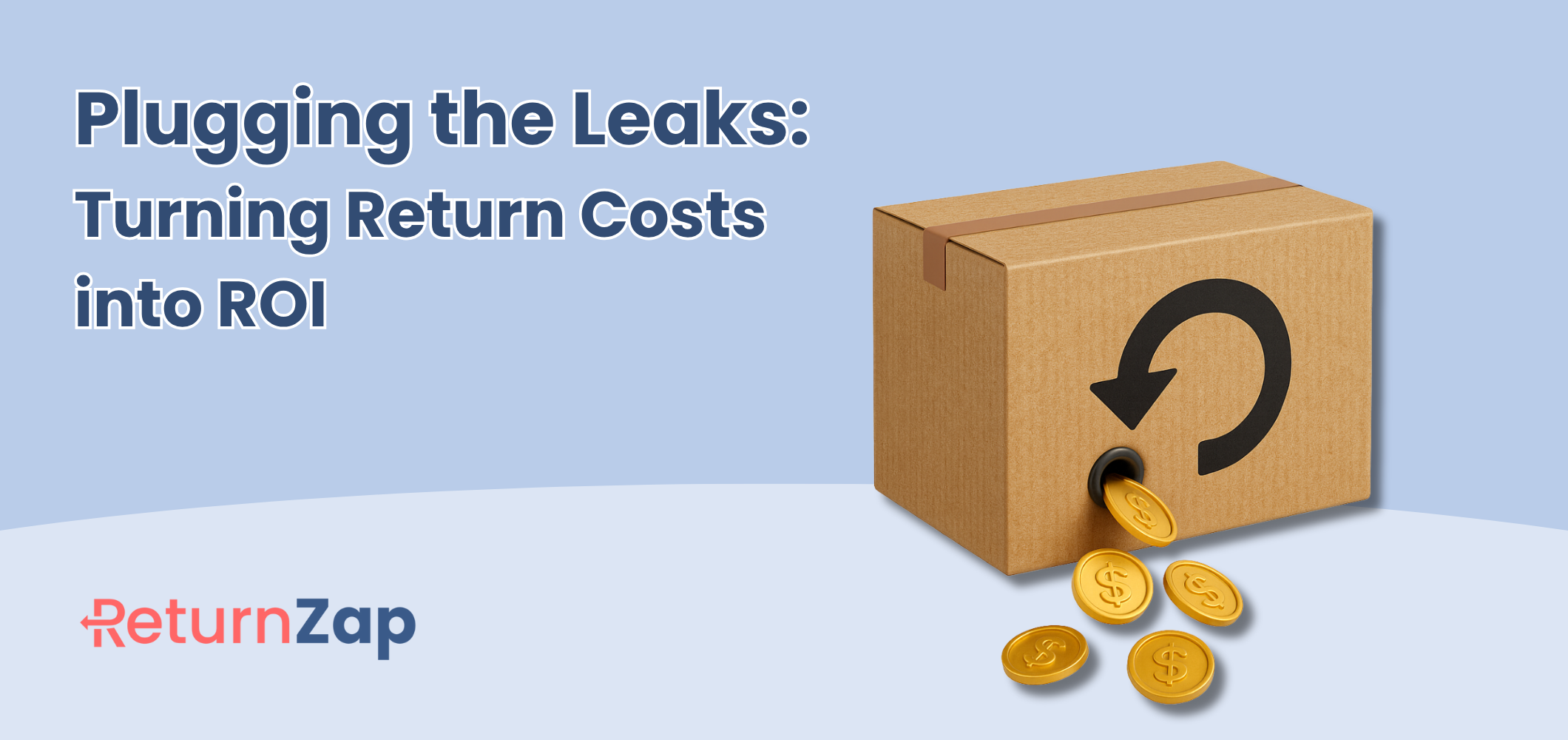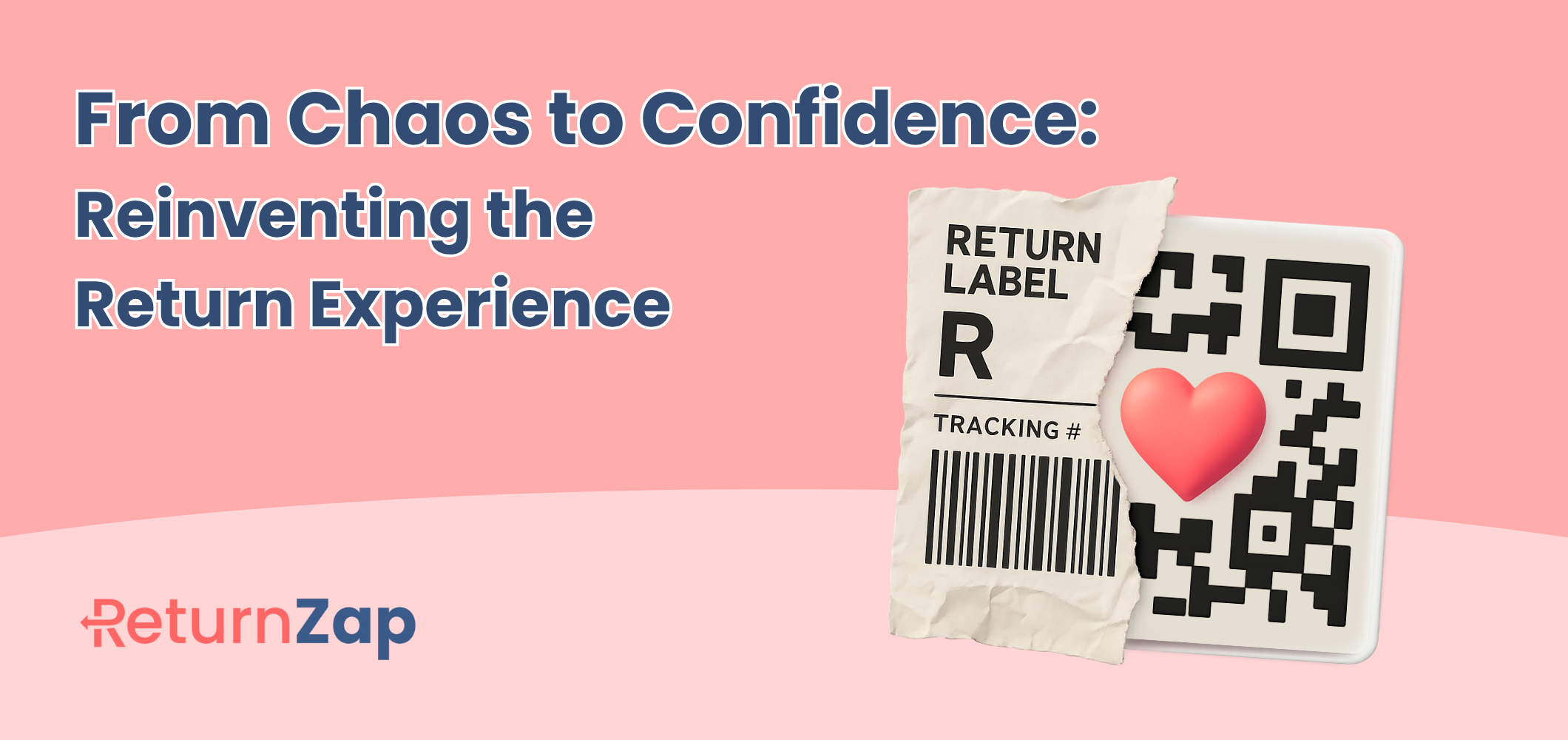The Sustainability Story: How Smarter Returns Reduce Waste

Why Returns Are a Hidden Sustainability Issue
Ecommerce has transformed the way we shop. With just a few clicks, products arrive at our doorstep, convenient, fast, and seemingly frictionless. But behind the scenes, returns have quietly become one of the biggest sustainability challenges facing online retail.
Every package that goes back to the warehouse carries more than just a refund. It means double shipping emissions, extra packaging, additional warehouse handling, and, in many cases, items that can’t be resold at full value and end up in clearance bins, or worse, in landfills.
For brands that claim to care about sustainability, ignoring returns is no longer an option. Smarter returns aren’t just about saving money - they’re about aligning with customer values, protecting the planet, and building trust with a new generation of eco-conscious shoppers.
The Environmental Cost of Returns
Returns aren’t simply a financial headache; they leave a heavy environmental footprint. Here’s how:
- Carbon Emissions: Every return shipment doubles transportation impact.
- Packaging Waste: Boxes, tape, and filler are often discarded after a single use.
- Landfill Overflow: An alarming number of returned products never re-enter the supply chain.
According to industry studies, billions of pounds of returned goods are tossed into landfills every year, and the carbon emissions from reverse logistics rival those of entire countries. This is a crisis hiding in plain sight.
Smarter Returns: The Path to Greener Ecommerce
The good news? Returns don’t have to be wasteful. By rethinking the process, brands can slash waste and make returns a strength, not a liability.
1. Smarter Policies = Fewer Returns
Many returns start with mismatched expectations. Clear product descriptions, size guides, and customer reviews can drastically reduce preventable returns. If customers get it right the first time, both sides win.
2. Smarter Tech = Less Waste
Returns management platforms help automate routing so products go where they can be reused or resold fastest. Instead of sending everything back to a central warehouse, items can be redirected to local stores or resale partners, cutting down on transport and handling. See how automation streamlines the return process in our blog: Shopify automate return approval.
3. Smarter Options = Greener Outcomes
Instead of reflexively offering refunds, brands can incentivize exchanges or store credit. This keeps revenue in the business and reduces the environmental load of unnecessary shipping.
Even small nudges, like offering bonus credit for exchanges, can turn a potential landfill item into a repurposed sale.
Why Sustainability Matters to Customers
Consumers today don’t just want fast shipping and free returns, they want brands to reflect their values. In fact, research shows that over 70% of shoppers prefer to buy from companies committed to sustainability.
When your returns process actively reduces waste, you’re not just cutting costs, you’re signaling that your brand takes responsibility beyond the checkout page. That resonates deeply with Gen Z and Millennials, who increasingly vote with their wallets.
Smarter Returns in Action
Forward-thinking brands are already making moves. They’re:
- Partnering with resale platforms to give returned items a second life.
- Using AI-driven insights to predict and prevent common return reasons.
- Offering eco-friendly packaging that customers can reuse for returns.
These aren’t just operational tweaks, they’re brand statements that turn sustainability into a competitive advantage.
The Bigger Picture: Returns as Part of a Circular Economy
Smarter returns connect directly to the vision of a circular economy, where products are reused, resold, or recycled instead of wasted. Every item that avoids the landfill is a step toward a more sustainable future. It’s no longer enough for brands to talk about going green; customers want to see action. Returns are the perfect place to start, because they’re a moment of truth: do you treat sustainability as a marketing slogan, or as a real business practice?
Join the Movement Toward Greener Ecommerce
Returns will never disappear, but wasteful returns can. By adopting smarter returns strategies, ecommerce brands can:
- Cut carbon emissions.
- Reduce landfill waste.
- Strengthen customer trust.
- Align with values-driven consumers.
It’s not just about protecting your bottom line, it’s about protecting the planet. Join the movement towards greener ecommerce with smarter returns with ReturnZap.
Start Your Free ReturnZap Trial Today
Join hundreds of other Shopify merchants successfully managing their returns with ReturnZap




